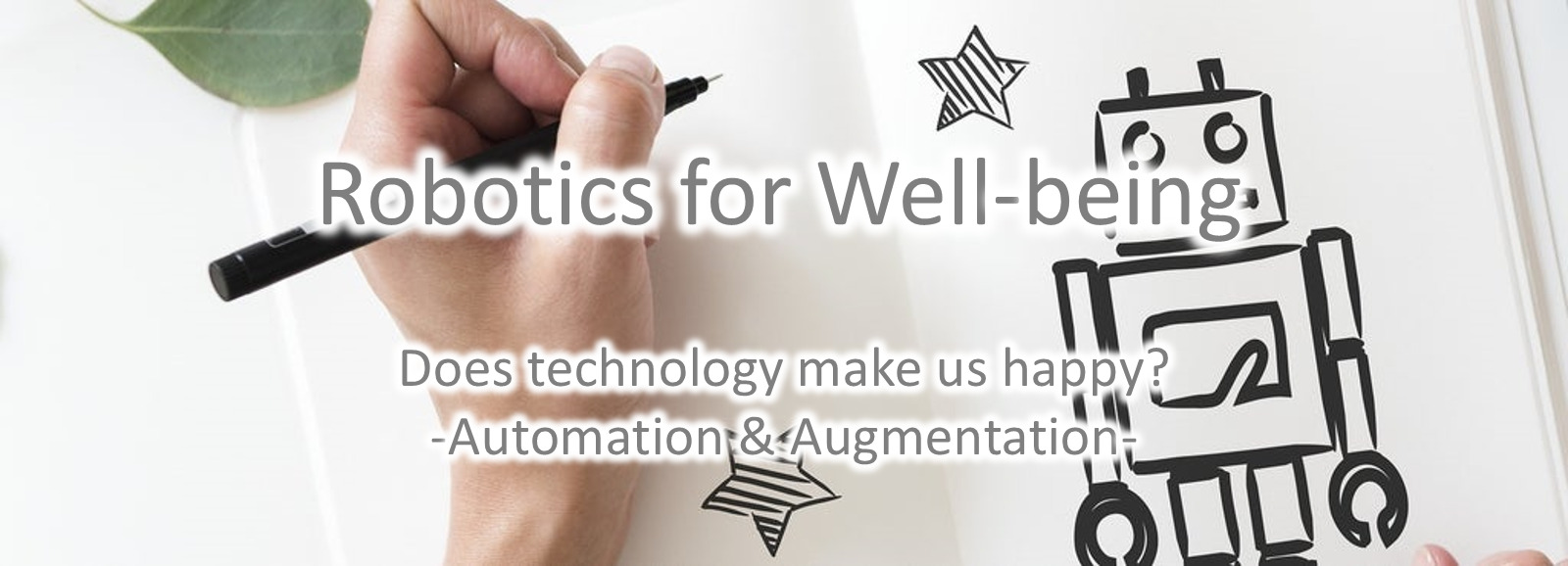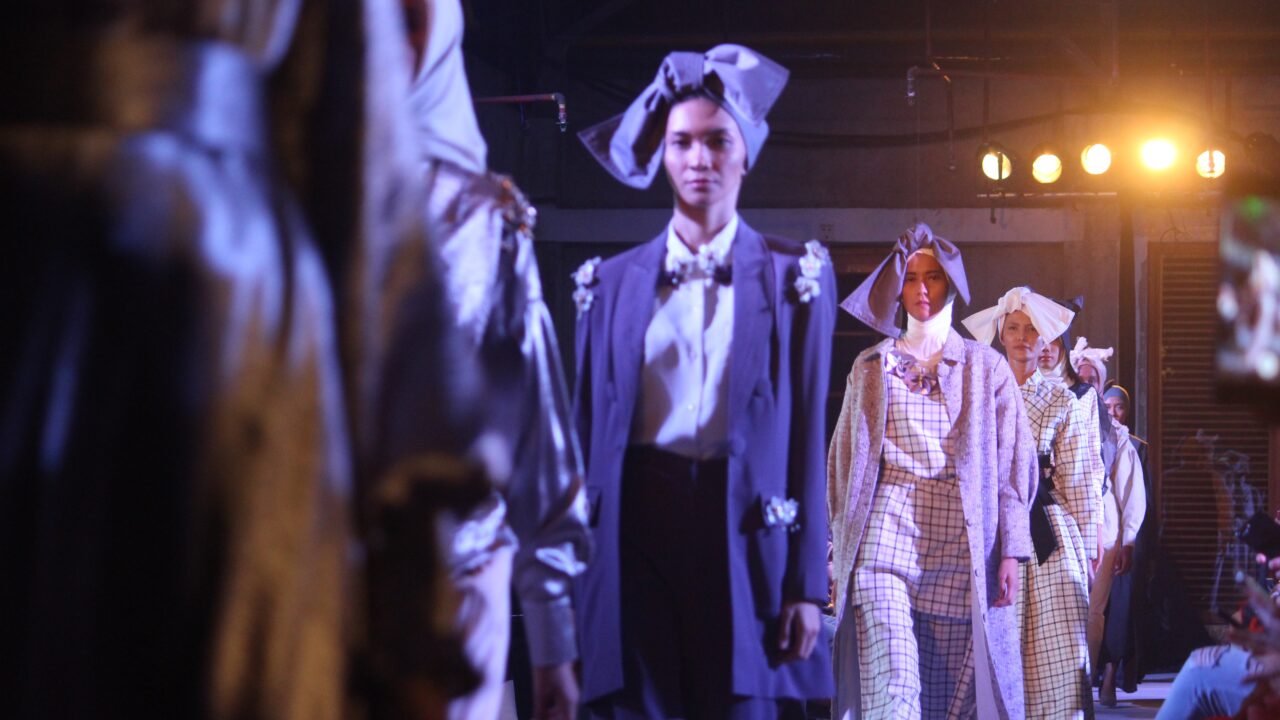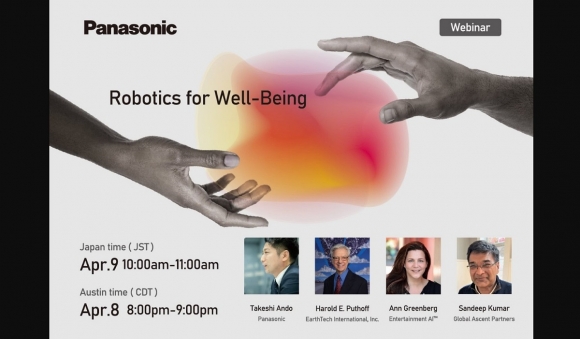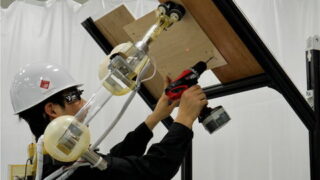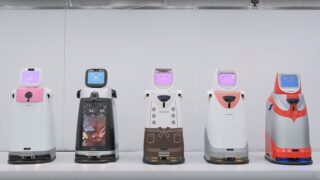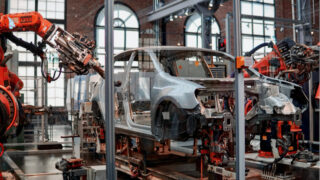When you think of a prosthetic leg, what do you imagine? Most people probably think of an inorganic object that is used when a person has to have an amputation due to illness or accident. In this blog, I would like to think about “minus to zero” technology to restore lost functions and “zero to plus” technology to add more attractive functions through the example of fashion model Aimee Mullins.
What is a prosthetic leg?
What is a prosthetic leg? According to the Japan Prosthetic Association, it is written as follows.
A prosthetic leg is a type of artificial limb that is used when a limb is lost due to trauma or illness, and is attached to an amputated lower limb.
Also, if you search on the Internet such as Wikipedia, you will find that it is described as “a prosthetic device to compensate for the loss of a lower limb” or “an artificial leg. In any case, they are worn to recreate the function or appearance of the lower limbs after amputation. In other words, in most cases, the goal is to regain the ability to stand or sit, which is no longer possible after the loss of one or both legs.
History of Prosthetic Legs
The history of prostheses is very old, dating back to BC. The fact that they are older than prosthetic hands shows how important it is for humans to use their legs to walk and move in order to sustain life.
One of the oldest and most famous examples is a prosthetic leg found in the Capua tomb (Naples, Italy), which dates back to the third century BC and is called the “Capua rod prosthesis. A stick prosthesis of the lower leg is also depicted on an Ionian vase (Paris, France, circa 4th century BC). Recently, the oldest prosthetic leg has also been found in Egypt. The discovery of this prosthetic leg was published in 2011 in THE LANCET, the world’s most authoritative medical journal, and made a big splash at the time.
The reason why this article became a hot topic was not only because an old prosthetic leg was found, but also because this prosthetic leg not only took care of its appearance, but also had a well-supported function of helping people walk. I will leave the details to the article, but the results of the analysis show that the prosthesis was able to support the body weight and the pressure at the base of the thumb when moving forward was suitable for walking.
The first person to use a prosthetic leg in Japan is said to be Sawamura Tanosuke, a Kabuki actor who was active from the end of the Edo era to the beginning of the Meiji era. It is said that Sawamura Tanosuke, who was active as a female actor, stepped on a nail and had his leg amputated, but continued to perform on stage using a prosthetic leg.
In each case, prosthetic legs were used not only as a means of hiding lost functions and appearances, but also as a technology to fulfill the desire to move or to do work that one takes pride in, in other words, to “do what one wants to do.
Artificial Legs that Turn Zero into Plus
The most famous “zero-plus” prosthesis is the athletic prosthesis used by athletes. It is difficult to define what constitutes zero, but they are also known as blade runners, and the level of competition is rising so rapidly that there is even debate about whether they should be allowed to participate in the Olympics.
Recently, Ken Endo has been involved in various activities such as the “Library of Artificial Legs,” and I feel that the general awareness of artificial legs in Japan is increasing.
In this context, I would like to talk about Aimee Mullins, a Paralympian and a famous model. Many of you may have heard of her because of her critically acclaimed TED presentation a while back. (If you haven’t, please check it out.)
In a nutshell, her TED talk is as follows
Thanks to her prosthetic leg, she has been able to expand her activities as a model and express her personality in a way that no one else can. For example, the leg itself can be made of wood, sculpted, or made of glass, and even the length of the leg can be changed freely to match the fashion. It was a level that other people were seriously jealous of.
Based on these experiences, she says that disabilities are not something to be overcome, but something to be amplified in a positive way. And she concludes her presentation as follows.
I think that if we want to discover the full potential in our humanity, we need to celebrate those heartbreaking strengths and those glorious disabilities that we all have. I think of Shakespeare’s Shylock: “If you prick us, do we not bleed, and if you tickle us, do we not laugh?” It is our humanity, and all the potential within it, that makes us beautiful. It is our humanity, and all the potential within it, that makes us beautiful.
I don’t know how long it took her to come to this way of thinking. Both of her legs were amputated right after she was born, and in a way it may have been natural for her to have prosthetic legs. Even so, there must have been countless physical and mental hardships that are far beyond our imagination. After overcoming these hardships, Amy says that having a prosthetic leg is a part of her personality that makes her who she is.
Augmentation technology is capable of designing a new body. It will reconfigure the scope of “me” physically, and it will allow me to expand cognitively and spatially.
I don’t think that technology can do everything, but there are a few things that technology can do. When we think of a prosthetic leg, we usually think of it as a device that reduces a negative to zero. However, it can also be used to go from zero to plus, as Amy has done. If there are users who want to change from zero to plus, we need to research and develop technologies that can respond well. At any given time, the barrier exists in the technology, not the people.
You can follow my Twitter account if you like.
